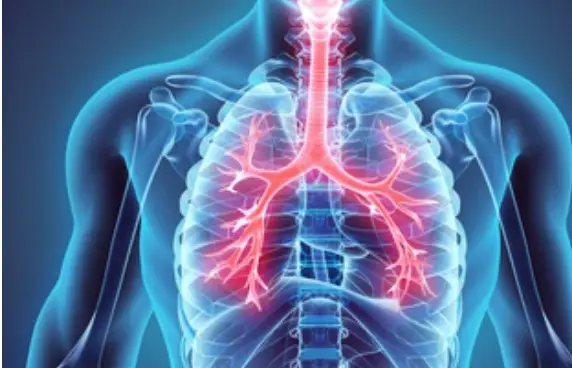 Welcome
Welcome
“May all be happy, may all be healed, may all be at peace and may no one ever suffer."
Chronic iron overload - Generics
Chronic iron overload, also known as hemochromatosis, is a medical condition that occurs when there is an excessive accumulation of iron in the body. This excess iron is deposited in various organs and tissues, leading to their dysfunction and damage. Hemochromatosis is an inherited condition that affects about 1 in 200-300 individuals of European ancestry, but it can also be acquired due to other medical conditions such as thalassemia, sickle cell disease, or chronic liver disease.
Iron is an essential mineral that is required for many biological processes in the body, such as oxygen transport, energy metabolism, and DNA synthesis. The body has a complex system for regulating iron absorption, storage, and utilization, which involves several proteins and mechanisms that maintain iron homeostasis. However, when this system is disrupted or overloaded, excess iron can accumulate in various organs and tissues, leading to their dysfunction and damage.
The most common form of hemochromatosis is hereditary hemochromatosis (HH), which is caused by mutations in the HFE gene that regulate iron absorption. HH is an autosomal recessive disorder, which means that a person must inherit two copies of the mutated gene (one from each parent) to develop the condition. HH is more common in people of Northern European ancestry, but it can occur in any ethnic group.
The symptoms of hemochromatosis can be nonspecific and vary widely depending on the severity and extent of iron overload. The early symptoms may include fatigue, joint pain, abdominal pain, and weakness. As the disease progresses and more organs are affected, the symptoms may become more severe and include diabetes, heart disease, liver disease, skin pigmentation, and decreased sex drive. If left untreated, hemochromatosis can lead to irreversible organ damage and even death.
Diagnosis of hemochromatosis typically involves a combination of clinical evaluation, genetic testing, and laboratory tests to measure serum iron levels, transferrin saturation, and ferritin levels. Imaging studies such as magnetic resonance imaging (MRI) or computed tomography (CT) may also be used to evaluate the extent of organ damage.
Treatment for hemochromatosis involves the removal of excess iron from the body, which can be achieved by periodic phlebotomy (blood removal) or iron chelation therapy (use of drugs that bind and remove excess iron). In most cases, early diagnosis and treatment can prevent or slow down the progression of organ damage and improve the quality of life for affected individuals.
In conclusion, chronic iron overload, or hemochromatosis, is a complex medical condition that can lead to significant organ damage and dysfunction if left untreated. Early diagnosis and treatment are essential for managing the symptoms and preventing long-term complications. If you suspect that you or a loved one may have hemochromatosis, it is important to seek medical evaluation and testing.

Sore throat

Reproductive tract infect...

Irritation and discomfort...

Herpes zoster ophthalmicu...

Boils

Parkinsons disease

Bad breath

Dental anesthesia
Chronic iron overload, দীর্ঘস্থায়ী লোহার ওভারলোড
To be happy, beautiful, healthy, wealthy, hale and long-lived stay with DM3S.